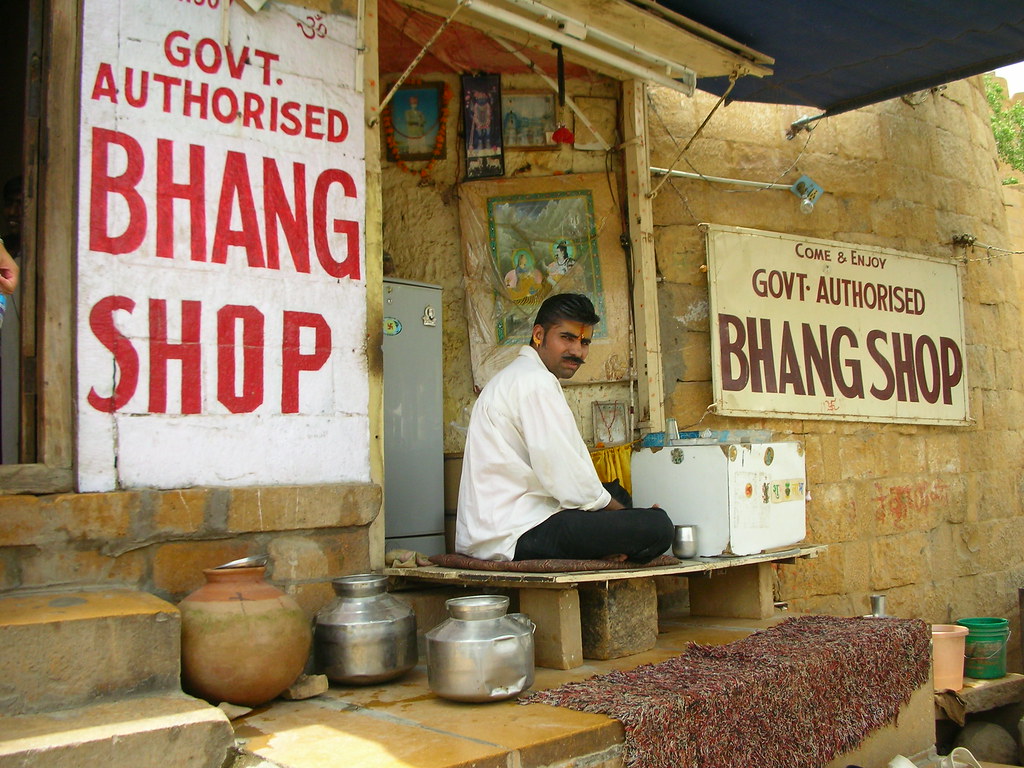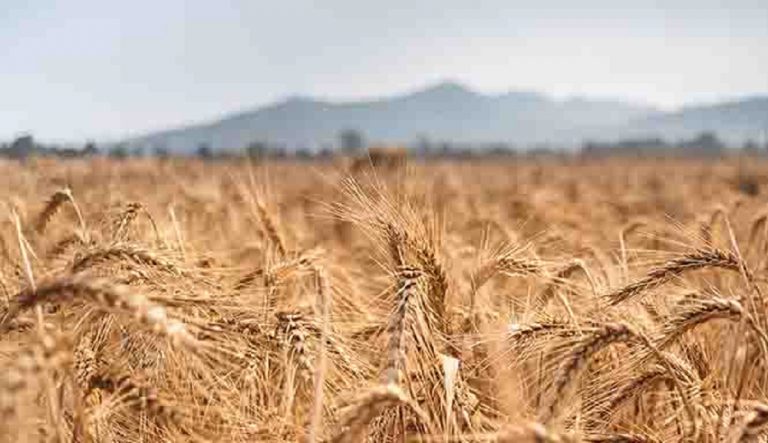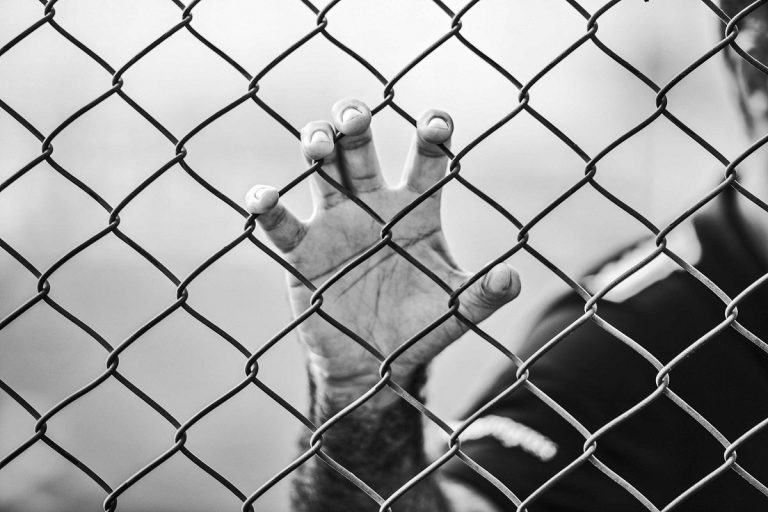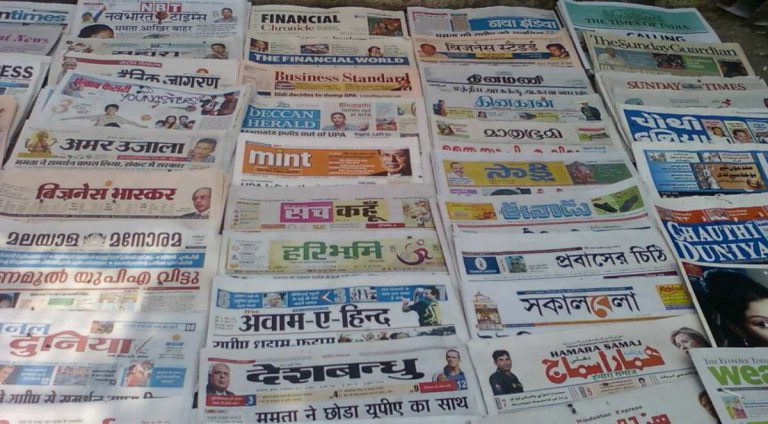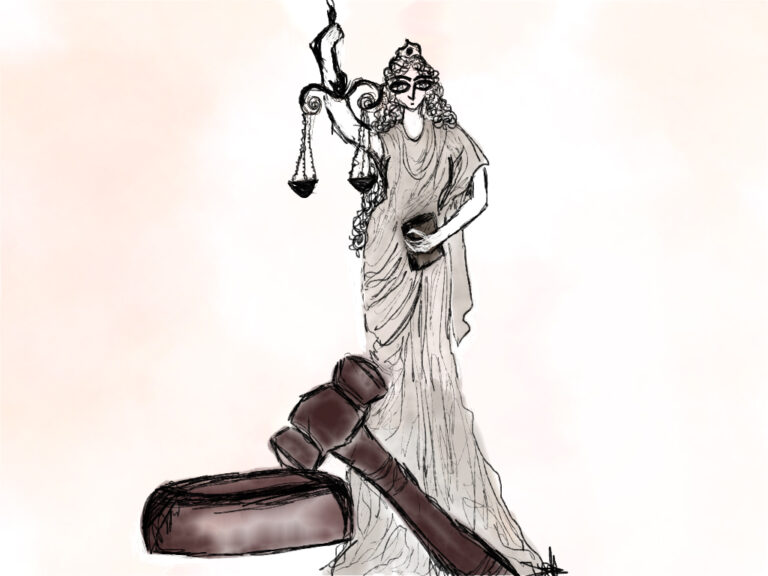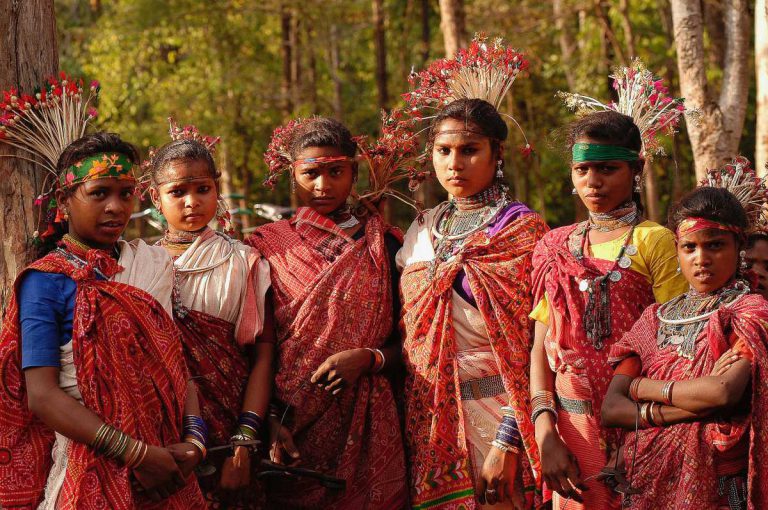Embrace the Smart Legalisation of Cannabis
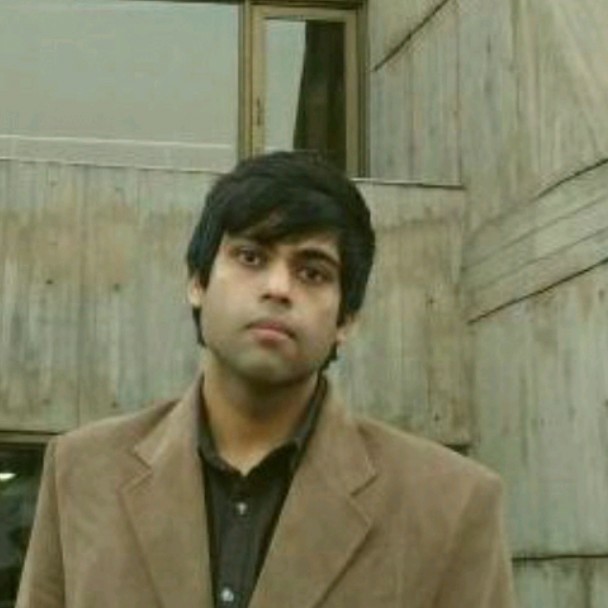
Shrey Madaan is a passionate consumer choice advocate, dedicated to spreading awareness about consumer rights and freedom in India. Currently associated with Consumer Choice Center, Shrey works to highlight issues that impact everyday consumers and promote policies that empower individual decision-making.
Marijuana or cannabis is considered to be a sacred plant in Hindu mythology. Its stress-relieving properties were mentioned in the Atharvaveda (4th Veda), one of the four ancient scriptures. It is considered to be one of ‘five sacred plants’ that are generally utilised to attain trance and carry out rituals and other religious activities dating back to 2000-1400 B.C.
Cannabis holds a significant value in Hindu culture and it is often associated with the lord Shiva (god of destruction). Bhang is generally offered to Lord Shiva and is consumed ritually by his disciples and devotees (yogis and naga sadhus) who smoke its leaves and resin from a special instrument known as Chillum.
The consumption of marijuana has spiritual significance during the festival of Maha Shivratri and Holi. The consumption of marijuana leaves (Bhang) is considered appropriate during these festivals as it is believed that bhang purifies the elixir of life produced by Shiva from his body which purifies the soul.
Cannabis is classified as a physio pharmaceutical drug sourced from cannabis plants and primarily used as medicine or for recreational purposes. The versatility of this drug allows it to be consumed in various ways such as being grounded and mixed in cigarettes or in a bong.
A much more concentrated form popular among youth is known as hashish. A vaporizer machine distils the cannabis into a storage unit and produces a vapour that can be inhaled by the user which is common practice in western culture
The reason for cannabis being severely regulated or outright banned is due to the core psychoactive element known as Tetrahydrocannabinol (THC). This component is responsible for the euphoric sensation experienced when the drug is inhaled.
STEP TOWARDS ITS REGULATION
The British regime took the initial steps to regulate cannabis in India. The laws were enacted by the British levying taxes on cannabis and its derivative forms such as charas and Bhang. These taxes were levied in the pretext of “good health and sanity” for the natives but the British refrained from criminalizing its usage.
In 1961 the convention of UNCND categorised cannabis and its derivatives as schedule IV, driving criminalisation on a global scale. After the initial opposition, the Indian government led by then prime minister, Rajiv Gandhi, introduced the Narcotic Drugs and Psychotropic Substances Act in 1985 that served as the final nail in the coffin for the marijuana trade in India. However, the Act kept the usage of seeds and leaves out of its purview due to its spiritual significance, hence successfully avoided the stigma of being labelled as bootlegged.
The act permitted the cultivation of cannabis strictly for industrial purposes such as hemp production or horticulture. Recently, cannabis has been acknowledged as a prominent source of high-value oil, fibre and biomass according to the National Policy on Narcotic Drugs and Psychotropic Substances.
A STEP FORWARD
The recent decision of U.N to reschedule marijuana has been backed by a majority of member states, including India. The decriminalisation drive has been initiated by various NGOs across the nation, in the form of movements led by youth and filing petitions to challenge the stringent drug laws in India. Non-profit organisations such as The Great Legalization Movement India aim to decriminalise the use of cannabis in India for commercial and medical purposes.
The group under its decriminalisation drive challenged the NDPS Act in 2019. The writ petition was filed by them in the high court of Delhi seeking legalisation of cannabis under the act. The Act was challenged on the grounds of violating several provisions of the Constitution of India such as Article 21 providing the right to life and personal liberty. This is the biggest action taken against the criminalisation of cannabis on Indian soil.
This paradigm shift has caused several activists and public leaders to begin voicing their support towards cannabis legalisation. In 2018, Uttarakhand allowed hemp cultivation for commercial purpose and also granted a license to the Indian Industrial Hemp Association (IIHA) to grow hemp over 1000 hectares of land, thus becoming the first state to take a radical step towards decriminalisation. Manipur is known for its high-quality cannabis, and recently the state government has acknowledged its brimming potential as the main driver of the state economy. The state government is devising plans for legalising cannabis for clinical purpose by involving new emerging start-ups in its legalisation plan.
As the country began embracing the medical and therapeutic properties of cannabis, numerous start-ups emerged focusing on the therapeutic aspect of marijuana such as Odisha based HempCann Solutions which opened India’s first Cannabis Clinic in Bangalore known as Vedi Herbal. The clinic prescribes tablets and oils infused with marijuana in order to treat various health ailments such as stress, anxiety and sex-related problems. The license has been issued to the clinic to commence its operation in all parts of the country, a massive step forwards toward the legalisation of cannabis in the country.
The future of cannabis in India remains uncertain, but these initiatives give a ray of hope to the youth working towards the common goal of decriminalising cannabis in new and progressive India.
References:
Shamani Joshi. (2020, December 4). U.N Reclassification of Cannabis Could Give India’s Legalisation Movement a Boost, Retrieved January 23, 2021, from https://www.vice.com/en/article/z3v33y/un-reclassifying-cannabis-as-less-dangeous-drug-could-help-india-legalisation
Dasgupta, S. (2013). Legalization of Marijuana in India. http://dx.doi.org/10.2139/ssrn.2261316
Avantika Mehta. (2018, September 3). A silent movement for legalization of cannabis is spreading across India, Retrieved December 11, 2020, from https://scroll.in/magazine/887593/a-silent-movement-for-the-legalisation-of-cannabis-is-spreading-across-india
Image Credit: Flickr


